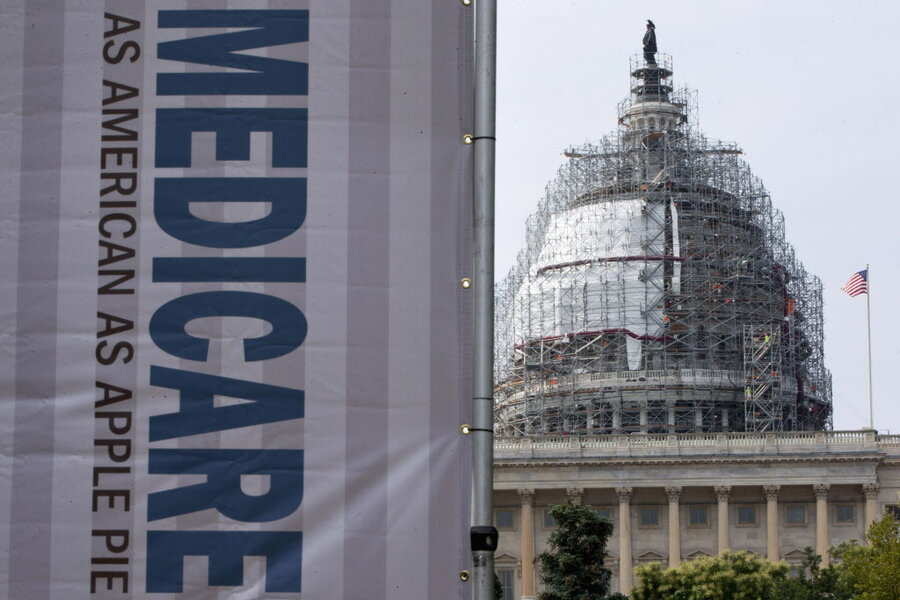Social Security benefits will rise in 2017, but fund's future uncertain
After not receiving a cost-of-living increase in benefits last year, Americans receiving Social Security and Medicare benefits will get a projected 0.2 percent bump in their monthly payments, according to Wednesday's annual report from the Social Security and Medicare Boards of Trustees. The final amount for the cost-of-living adjustment, or COLA, will be determined in fall. For a senior taking in $1,000 monthly in benefits, estimates USA Today, the small bump would equal an extra $2 per month.
More than 49 million Americans collected Social Security retirement benefits last year, with 10.8 million receiving disability benefits. 55.3 million Americans were covered under Medicare, according to the Wall Street Journal.
Aside from the projected increase, however, the trustees' report contained gloomy news for the long-term future of the Social Security and Medicare programs. For instance, a Medicare trust fund used to pay for home health services, plus hospital and hospice care for elders will be depleted in 2028, two years earlier than previously predicted, the report concluded.
This means that at that time, the Medicare fund would be able to pay only for 87 percent of benefits promised to seniors, says the report.
Additionally, the two Social Security trust funds that pay for retirement, disability, and survivors insurance benefits together, are projected to be depleted in 2034, an estimate unchanged from last year. For future seniors, this means the government would be able to pay only for 75 percent of the Social Security benefits promised.
The report called on lawmakers to act as soon as possible to prevent the shortfalls.
“Taking action sooner rather than later will permit consideration of a broader range of solutions and provide more time to phase in changes so that the public has adequate time to prepare,” says the board.
As CNN Money explains, options to secure Social Security for the next 75 years include immediately raising the Social Security payroll tax rate to 14.98 percent from 12.4 percent on the first $118,500 of wages, cutting benefits by 16 percent, or a combination of both.
Medicare will continue to be funded because a law requires that it be automatically financed, reports CNN Money. But the program’s costs are estimated to grow in the next two decades, from 2.1 percent of gross domestic product (GDP) last year, to 3.5 percent of GDP by 2037, and to 3.8 percent by 2090.
As it stands today, Social Security and Medicare are the two largest federal benefit programs, accounting for 41 percent of federal program spending in fiscal year 2015, according to Wednesday's report.
Jo Ann Jenkins, CEO of AARP, an advocacy organizations representing seniors, has called on the presidential candidates to take a stand on this long-term financial issue. So far, neither Donald Trump nor Hillary Clinton have presented specific solutions to save the programs.
"Though people of all ages rely on it, its importance to older Americans — already under tremendous pressure from wage stagnation and shrinking pensions — is only likely to grow,” says Ms. Jenkins, according to USA Today. “And we know older Americans will vote this year, most likely in higher percentages than any other group of Americans.”
The trustees who oversee these programs, reports the Associated Press, are Treasury Secretary Jacob Lew, Health and Human Services Secretary Sylvia Burwell, Labor Secretary Thomas Perez and acting Social Security Commissioner Carolyn Colvin. Two public trustee positions are vacant.







